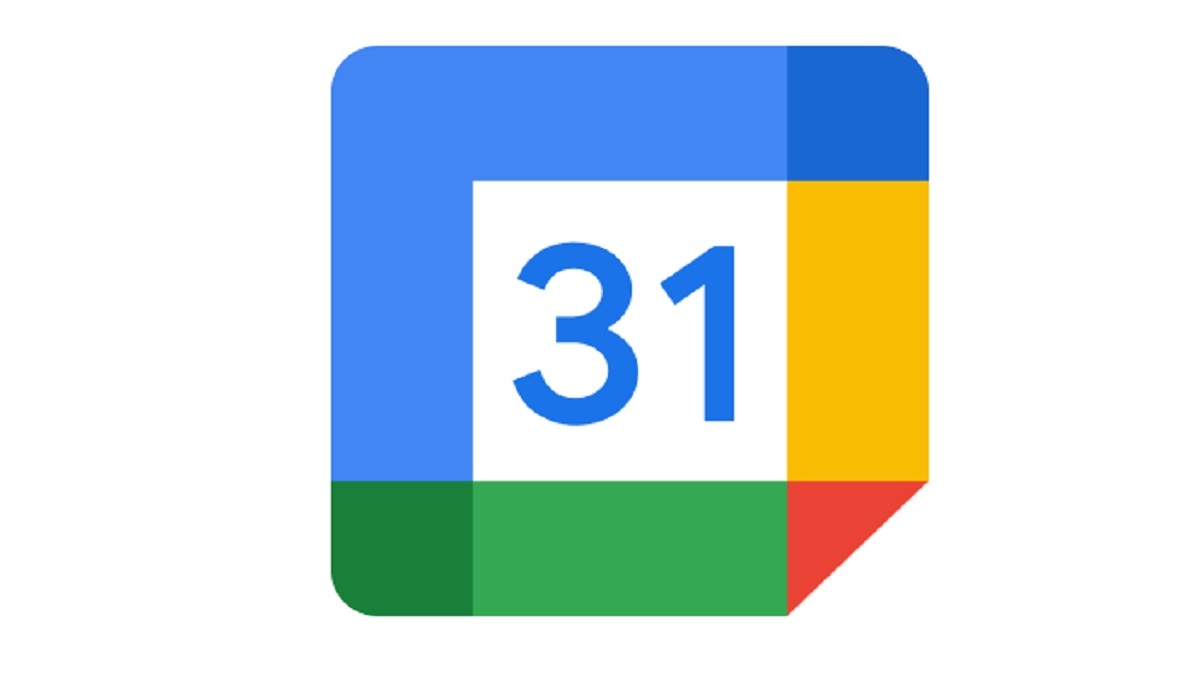Google Calendar Integration: Microsoft Outlook users now recognized in attendees list
Under the new update, when a Microsoft Outlook user extends an invitation to a Google Calendar user for a meeting event, the name of the Outlook user will now be prominently displayed in the list of meeting attendees on Google Calendar.

Google has announced an update to its Calendar platform that will enhance the interaction between Microsoft Outlook users and Google Calendar. Now, when a Microsoft Outlook user invites a Google Calendar user to a meeting event, the Outlook user's display name will be visible in the list of meeting attendees on Google Calendar. Previously, the Outlook user's name wouldn't appear at all in the attendees' list.
This change is part of Google's efforts to streamline the experience of cross-platform interactions and improve collaboration among users of different productivity tools. The update ensures that the Outlook user who organized the meeting will be identified as the meeting organizer in the Google Calendar event. This alteration provides a clearer understanding of the event and the roles of the participants.
This update is applicable to all Google Workspace customers as well as individuals with personal Google Accounts. It aims to create a more unified and user-friendly experience for those who frequently work across various productivity platforms.
ALSO READ: Meta unveils Code Llama: AI code-writing tool to boost developer productivity
This enhancement comes on the heels of recent improvements to Google Calendar. In the previous month, Google introduced enhanced meeting room suggestions, making it easier for users to identify suitable meeting locations. Additionally, a feature was rolled out that allows users to specify their working locations within the Calendar. This enables users to indicate where they are working during specific periods of the day, providing a more accurate reflection of their availability based on their physical location.
ALSO READ: How to enjoy Ludo King with friends and family on iOS, Android, and Windows devices
As remote work and hybrid work models become more prevalent, tools that facilitate efficient communication and coordination between different productivity ecosystems are becoming increasingly important. Google's update to its Calendar platform acknowledges the diverse tools that professionals use and aims to bridge the gap between them, ultimately enhancing the collaborative experience and productivity of users across different platforms.
Inputs from IANS